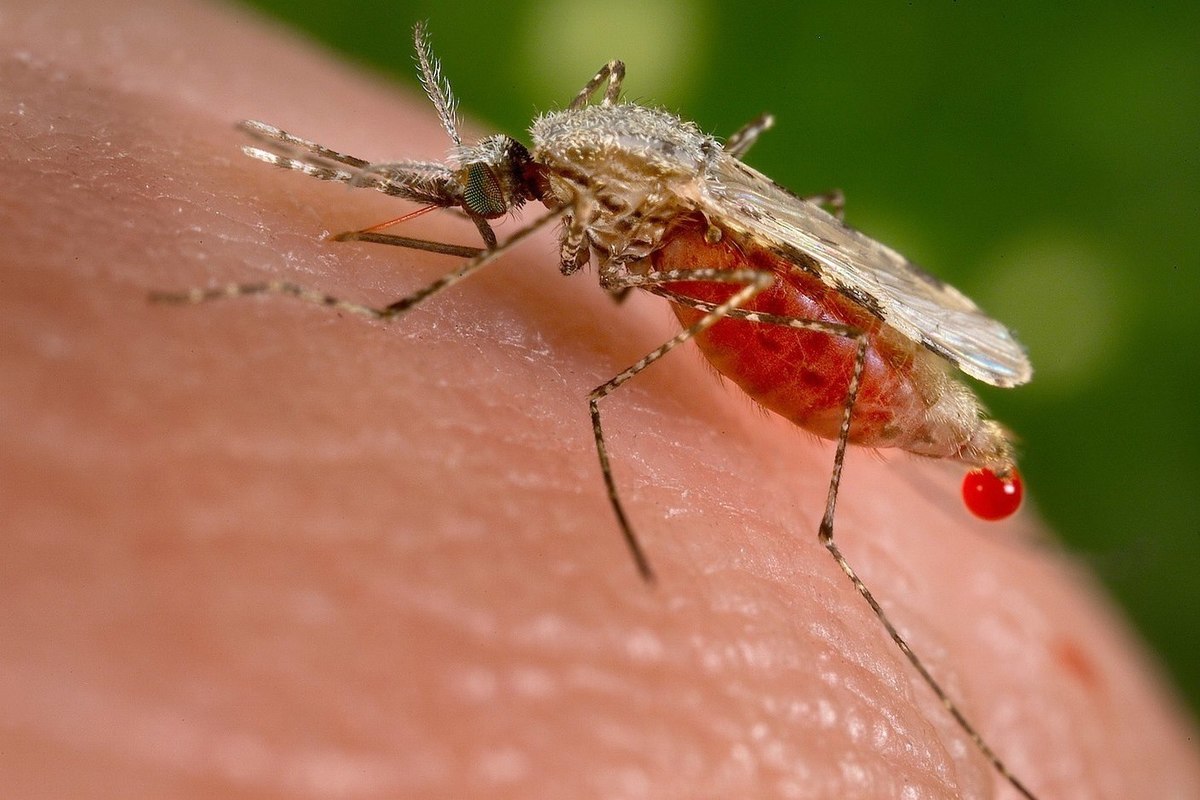Geneticists urge not to kill, but to treat malaria mosquitoes
[ad_1]

Tomsk is conducting research into the distribution routes and methods of combating dangerous blood-sucking insects
The advance of dirofilariasis, a disease associated with filamentous helminths in human organs, including the brain and eyes, to the north of the country was recorded by Tomsk geneticists. They are carried by malaria mosquitoes, whose path to expanding their range is being helped by global warming. The MK correspondent talked about the features of the fight against dangerous insects with Gleb Artemov, associate professor of the Department of Genetics and Cell Biology of the Biological Institute of TSU.
So, due to the fact that the climate is becoming warmer, the causative agent of dirofilariasis, the filamentous nematode of the genus Dirofilaria, manages to successfully adapt to new conditions in the north of Russia. To assess the risks of infection for residents of Western Siberia, scientists conducted large-scale studies in Altai, the Yamalo-Nenets Autonomous Okrug, Kurgan, Kemerovo, Tyumen regions, including the Khanty-Mansiysk Autonomous Okrug. Having examined 171 settlements, biologists identified about a thousand female mosquitoes infected with dirofilariasis. Most of them belonged to the Anopheles messeae and An. daciae
– How does a mosquito transmit helminths to humans? – I ask Artemov.
The mosquito bites the main carriers of dirofilariasis – dogs, cats, wild animals, becoming infected with its larvae. When they grow up, they fall into his proboscis and, when subsequently bitten by a mosquito of another warm-blooded animal or person, they move to new victims. Helminths grow in the body to such a size that they become noticeable under the skin or even in the blood vessels of the eyes.
Help from MK Infection of humans and animals with dirofilariasis occurs during the period of activity of various species of mosquitoes from May to September.
– Are there effective ways to control mosquito vectors?
– The most common way to combat harmful insects – treating lakes where mosquito larvae develop with insecticides – is considered almost useless today. The fact is that these means of control act only for a certain time, and after that the mosquitoes develop resistance to them. The most effective method is now recognized not to destroy disease carriers, but to treat them.
– Treatment?! How can you kill all mosquitoes?
– If we are talking about ridding mosquitoes of harmful parasites, we can, firstly, make them genetically modified, deprived of the ability to become infected. Secondly, treat their breeding sites with agents that change the microbial community surrounding them.
Scientists obtained interesting conclusions by studying the spread of malaria mosquitoes to the north. Studying more than a dozen of their species from America and Eurasia, they found out that the European population was formed precisely from those that moved along the path: North America – Siberia – Europe, and not North America – Greenland – Europe, as previously thought. Warm-blooded animals, and along with them, possibly blood-sucking insects, migrated through the current Bering Strait when it turned into a piece of land connecting Chukotka with Alaska.
[ad_2]
Source link








